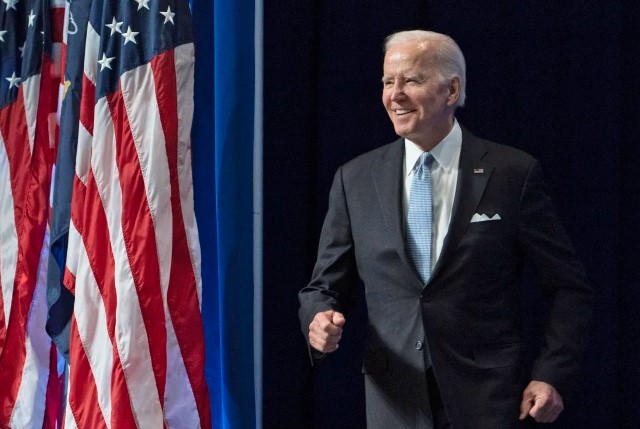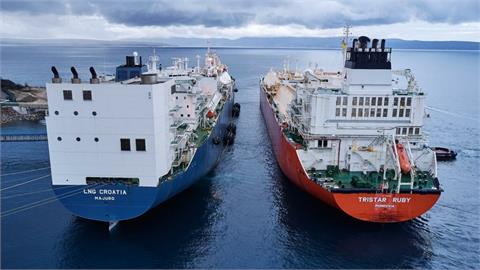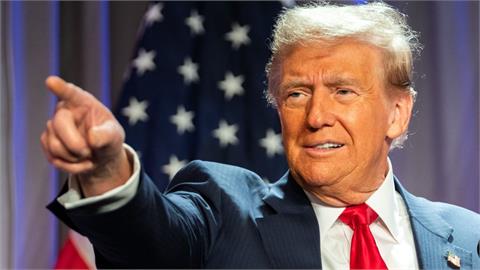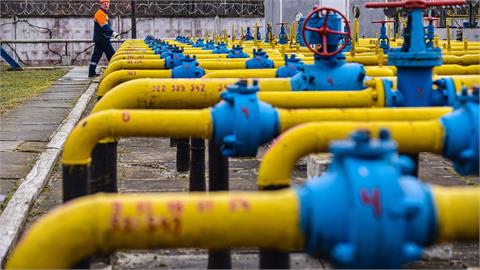by Daniel Yergin* Voters are worried about inflation in general and the cost of filling up their cars in particular
The coming US presidential election is one in which prices matter a lot. The inflation rate has dropped dramatically in these past two years of the Biden administration; yet it and the economy still rank as the top issues for voters. And the price that now matters the most is that political perennial — the one at the petrol pump. It is where presidential politics collides with the global oil market.
Just two months ago, in mid-April, the prospect of direct conflict between Israel and Iran led to world oil prices spiking to over $90 a barrel, with fears of worse to come. But the geopolitical premium quickly receded, and there was no major disruption of supply. The market adapted to the remapping of Russian oil trade under western sanctions resulting from the war in Ukraine, as well as the rerouting of tankers owing to Houthi attacks in the Red Sea. Meanwhile demand has not been as strong as anticipated, and high interest rates have been weighing on consumption. On the supply side, the surge of oil from the western hemisphere — led by 13.2mn barrels per day of US production — continues to flow into the market.
By the beginning of this month, oil exporters were looking at Brent prices that had started to fall into the high $70s, with the prospect of going lower. In response, on June 2 OPEC+ decided to roll over its almost 6mn barrels per day of agreed and “voluntary” cuts, with a gradual increase slated to begin in October.
In the weeks since, oil prices have rebounded, to the mid-$80s. And they could certainly go higher with the summer increase in demand, as motorists take to the road, and the risk grows of an Israel-Hizbollah war that could draw in Iran. On top of that, the onset of hurricane season adds the danger of a major storm disrupting the huge oil complex in the Gulf of Mexico and along the Gulf coast.
Political incumbents get blamed for higher petrol prices, even if their influence is limited; and they try to do something about it. In September 2000, with vice-president Al Gore and Texas governor George W Bush locked in a close race and oil prices at a ten-year high, the Clinton administration released oil from the Strategic Petroleum Reserve. During the 2012 election year, when prices at the pump hit $4 a gallon, President Barack Obama travelled to Oklahoma where he, in effect, dedicated the southern part of the Keystone pipeline system, making sure to add: “My administration has approved dozens of new oil and gas pipelines.”
But the Biden White House has made far more use of the Strategic Petroleum Reserve than any previous administration. It began releasing oil in November 2021, three months before Russia’s full-scale invasion of Ukraine, when prices were rising quickly with the post-Covid rebound in demand. The purpose, said the president, was to help solve what he called the “problem of high gas prices”. The administration subsequently released much more when the war in Ukraine created an upheaval in global oil markets. Altogether it has drawn down over 40 per cent of the total supply that was held in the reserve when the administration began. It has, however, recently been gradually adding back some supply.
What tools does the administration have to respond to rising prices in the global oil market? The most obvious is further releases from the SPR. Another option is to reach out to Saudi Arabia to put more oil back into the market sooner rather than later. Riyadh may want to avoid undermining the OPEC+ framework that it has built. But it has also emphasised being responsive to changing market conditions, and it is clearly keen to advance the potential US-Saudi strategic partnership that is under discussion.
A further option would be to allow more flexibility in the production and distribution of the different summer grades of petrol. Some in Congress will inevitably urge banning petrol exports, as they have before, but that would be deeply damaging to the credibility of the US as a reliable energy supplier.
The most recent national petrol price is around $3.45 a gallon, which a top Biden adviser recently called “too high for many Americans”. It is when prices begin to approach $4 a gallon that the political heat really begins to rise. And they could well get there over the summer and into early autumn if crude oil prices go up. Any president running for election would be striving to damp down the cost of petrol in an election year. But at a time when prices in general are at the top of voter concerns, it will certainly be a key priority for the Biden administration to prevent prices at the pump from flowing into the ballot box.
*The writer is vice-chair of S&P Global and author of ‘The New Map: Energy, Climate, and the Clash of Nations’
("Financial Times", June 25, 2024)




